BIKES YOU’VE NEVER SEEN BEFORE: 1955 MI-VAL 175SS
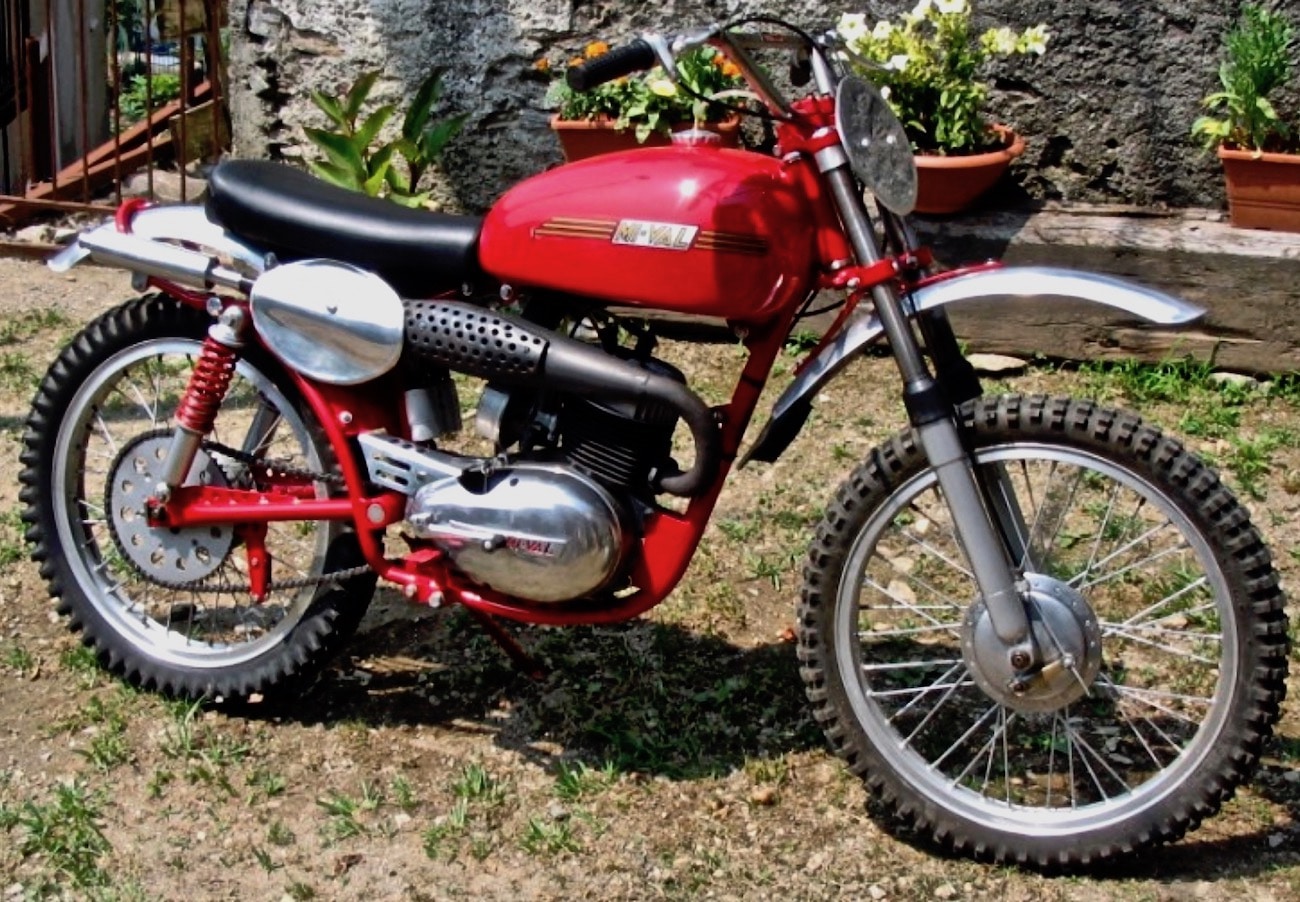 The 1955 Mi-Val 125 Cross two-stroke.
The 1955 Mi-Val 125 Cross two-stroke.
The Mi-Val company was started in 1950 in Gardone Val Trompia, Italy, by the Ettore Minganti. Originally, Mi-Val manufactured gun parts for Beretta. Their first motorcycle, the 125 T2 was a copy of the German DKW RT125 (after the Second World War DKW had to give the rights away as war reparations).
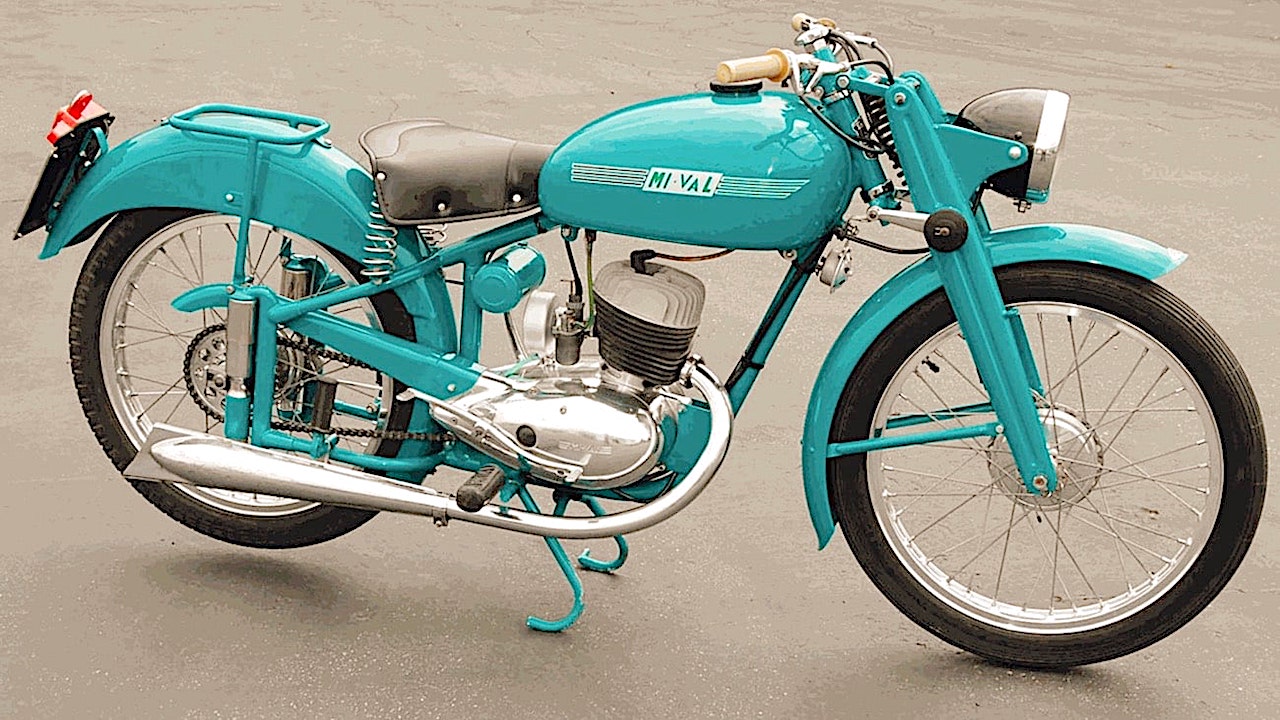 The DKW-clone 1952 Mi-Val 125 T2 had a conglomeration of ideas. The suspension was a combination of springer front forks, plunger rear shocks and sprung saddle. The fishtail muffler was common in the post-war era.
The DKW-clone 1952 Mi-Val 125 T2 had a conglomeration of ideas. The suspension was a combination of springer front forks, plunger rear shocks and sprung saddle. The fishtail muffler was common in the post-war era.
Thanks to their reputation of being inexpensive and reliable, Mi-Vals were among the most popular Italian brands of the 50’s. The firm produced its own engines, both two-strokes and four-strokes, some of the latter featuring twin overhead camshafts, and supplied power units to other manufacturers.
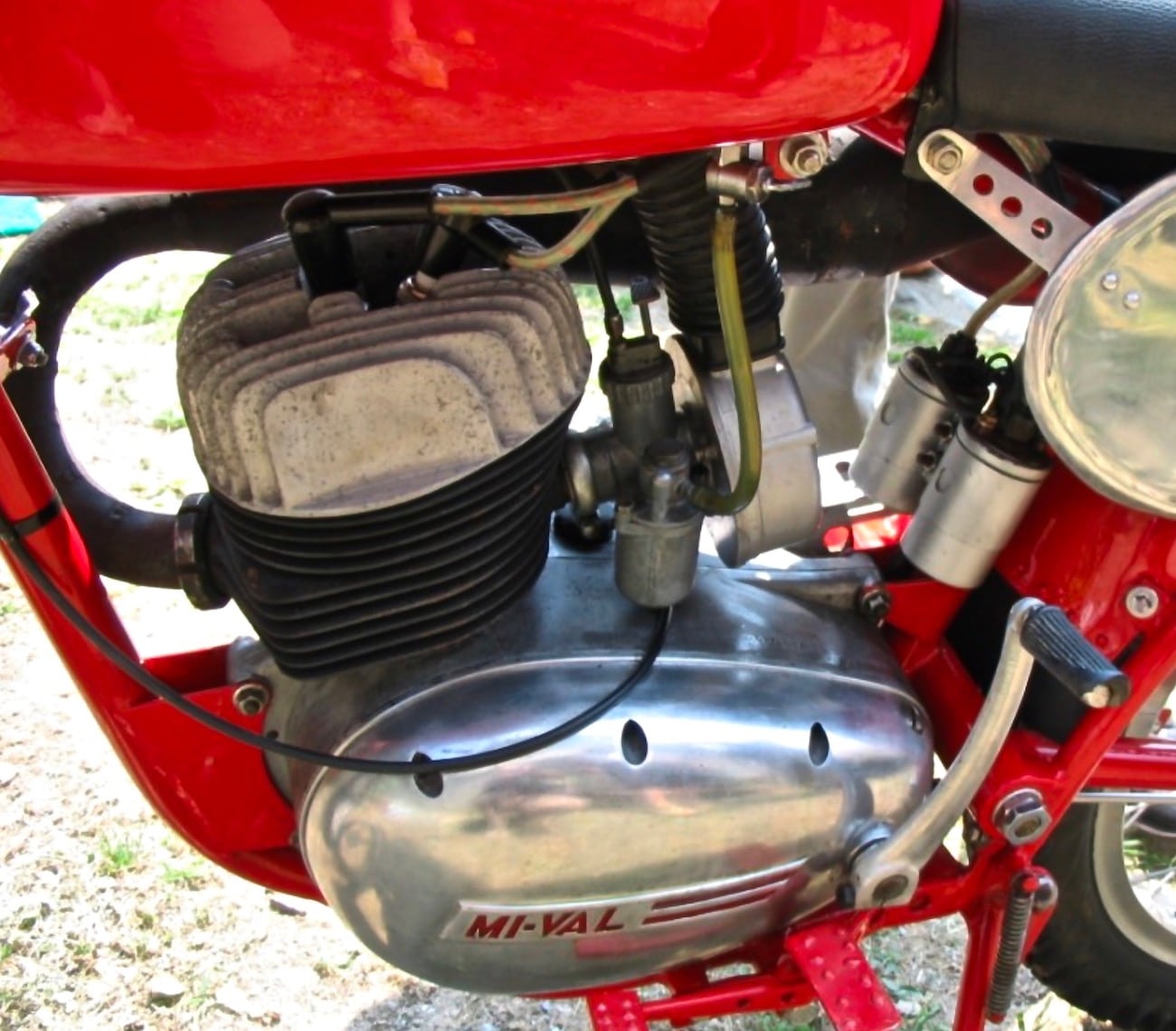 The Mi-Val 125 Cross came with dual ignitions and twin spark plugs and it shifted on the right.
The Mi-Val 125 Cross came with dual ignitions and twin spark plugs and it shifted on the right.
The 125cc engine was designed by the engineer Adriano Amadori, the Mi-Val frame by Carlo Ronzani, the suspension was the work of Luigi Bonazzi, and metal work by Augustus Bonori. The Mi-Val factory was in an old military arsenal near Brescia, it was the named Industrial Minganti Valtrompia and released its 125cc two-stroke Turismo in November 1950. They later changed their official name to Metal Meccanica Italiana Valtrompia—which they shortened to Mi-Val (for Minganti-Valtrompia).
A first they specialized in 125 two-stroke bikes and made a dozen variation using the same basic engine with upgrades and larger displacements, but by 1953 they decided to go racing at the ISDT and rider Franco Dal’lAra took Gold Medals in 1954 and 1956. Dall’Ara was their big star of the 1950s. In 1953 Dall’Ara celebrated his first major success by winning the Milano–Taranto long-distance race on a Mi-Val 175. In 1955 through 1957 he won the Italian off-road race at Valli Bergamasche on a Mi-Val 125. In 1956, Dall’Ara was also the Italian Enduro Champion in the 125 class. Over his 17 years career Dall’Ara won 10 ISDT Gold Medals. However, also newsworthy at the time was that British female rider Olga Kevelos raced a Mi-Val for several years and would become the first woman to ever win a ISDT Gold Medal (twice).
 The 1955 Mi-Val 175SS Giro was built for the ISDT. The 175cc engine was later licenses to Mexican manufacturer Moto-Islo. The look of the Mi-Val SS included a wrap-around front fender and swooping lines.
The 1955 Mi-Val 175SS Giro was built for the ISDT. The 175cc engine was later licenses to Mexican manufacturer Moto-Islo. The look of the Mi-Val SS included a wrap-around front fender and swooping lines.
In 1955 they produced a new 175cc two-stroke engine and followed it up almost immediately with a 175 four-stroke version. The 175 was so well regarded that Moto Islo, owned by Isidro Lopez, bought the rights to produce the Mi-Val 175 engine under license.
They quickly expanded the four-stroke line-up to include a 125cc and 200cc OHV engines. In 1956 the Mi-Val 175 engines were built under license in Mexico at Moto Islo. Later that year they introduced 125 and 200cc four-stroke engines.
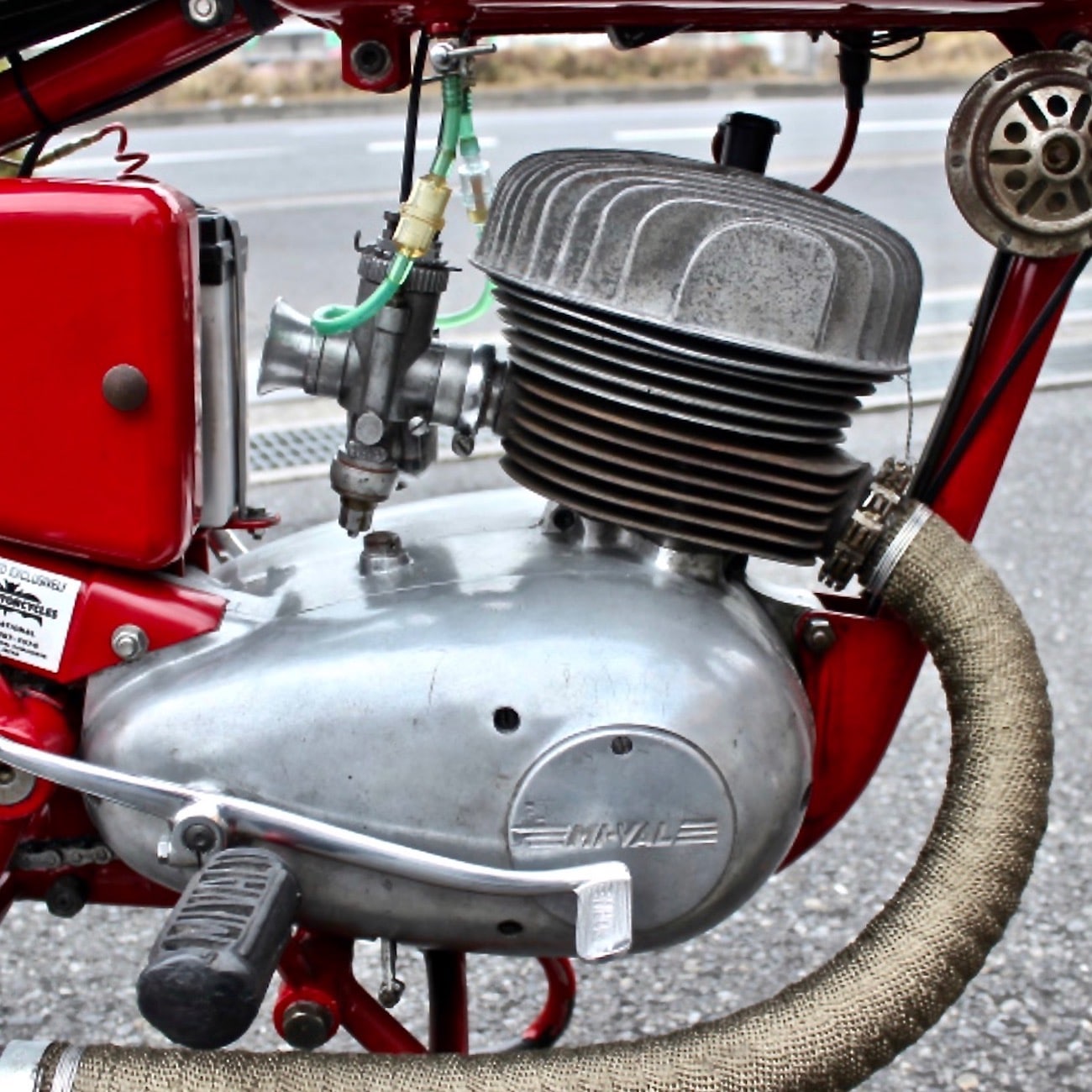 The Mi-Val 175 not only shifted on the right, but it used a heel/toe shift lever, normally reserved for street bikes so that gentlemen riders didn’t scuff their leather shoes up-shifting.
The Mi-Val 175 not only shifted on the right, but it used a heel/toe shift lever, normally reserved for street bikes so that gentlemen riders didn’t scuff their leather shoes up-shifting.
In 1954, Mi-Val spun off from the motorcycle business to build and sell the Mivalino KR175 and KR200 micro-cars. It was a three-speed bubble car that was built under license from Messerschmitt. It originally used the 175cc two-stroke engine, but in 1955 put the new Mi-Val 175cc four-stroke and later the 200cc four-stroke engine in the Mivalino (Mi-Val-mini).
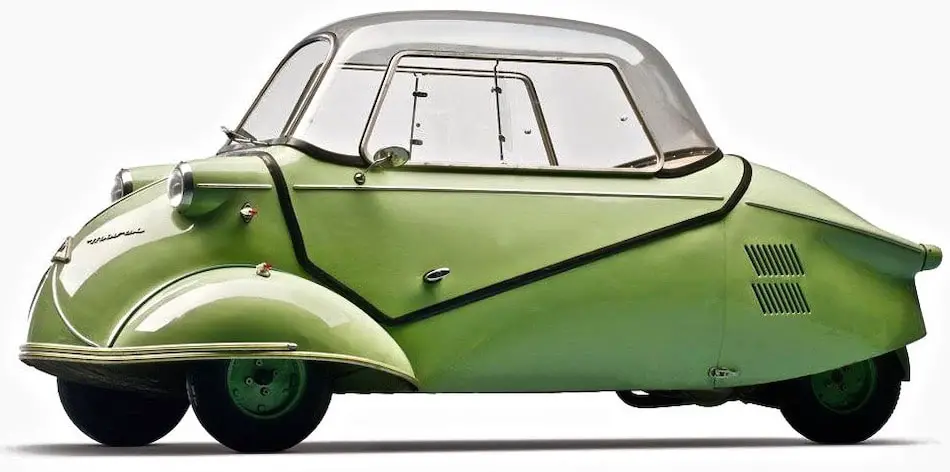 The Mi-Val Mivalino was an Italian version of the German Messerschmitt two-seat bubble car. They licensed the design of the tandem-seat mini-car and outfitted it with Mi-Val engines.
The Mi-Val Mivalino was an Italian version of the German Messerschmitt two-seat bubble car. They licensed the design of the tandem-seat mini-car and outfitted it with Mi-Val engines.
 This 1956 Mi-Val 500 four-stroke showed how much potential they had near the end of their life. Mi-Val had great success in motocross with 16-time Italian Motocross Champion Emilio Ostorero on a range of exotic, double-overhead-cam 250cc, 350cc and 500cc singles.
This 1956 Mi-Val 500 four-stroke showed how much potential they had near the end of their life. Mi-Val had great success in motocross with 16-time Italian Motocross Champion Emilio Ostorero on a range of exotic, double-overhead-cam 250cc, 350cc and 500cc singles.
After the death of Ettore Minganti market forces market led MI-Val away from the production of motorcycles and back into the machine tool business they had been in before the Second World War. The company was eventually sold to Beretta and by the mid-1960s Mi-Val Motorcycles no longer existed.


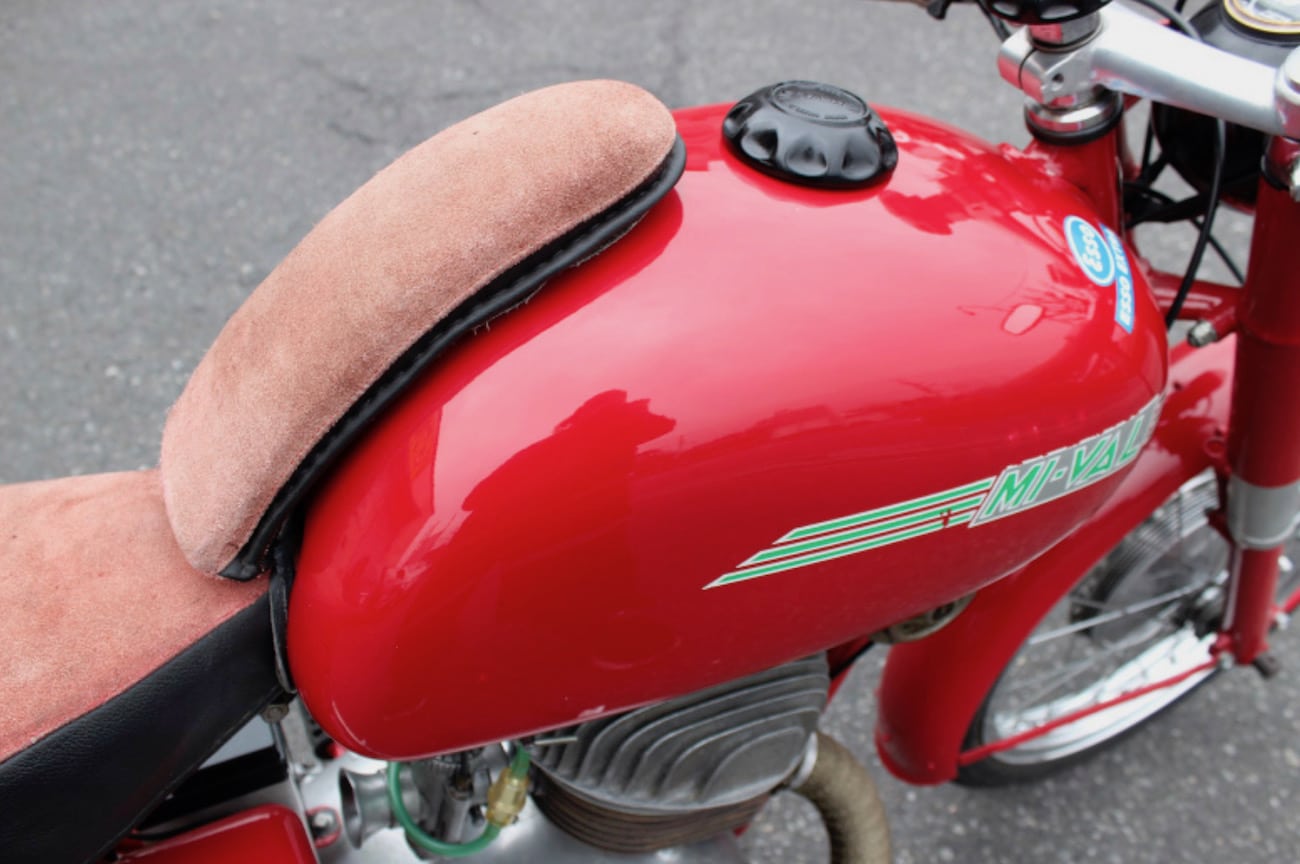



Comments are closed.